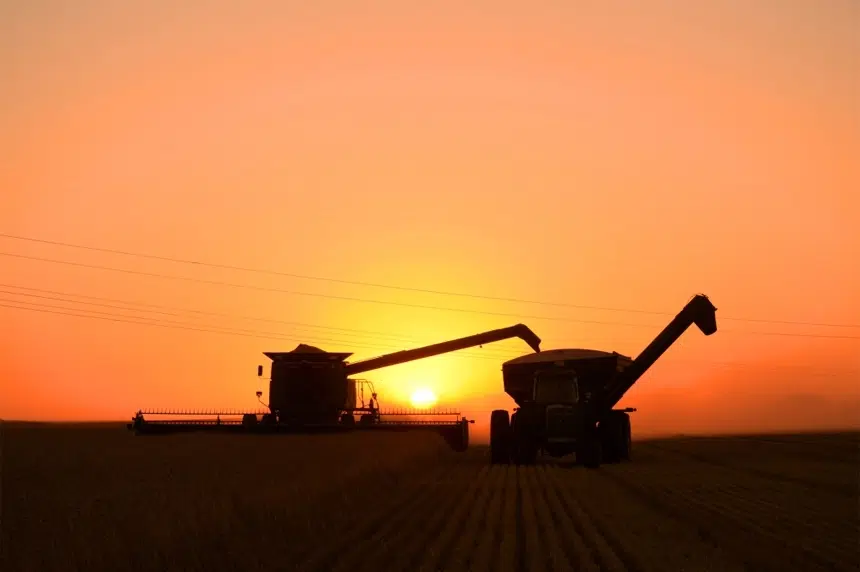About two thirds of the province’s livestock producers reported or anticipated no water shortages, due to recent rain, according to Saskatchewan’s latest crop report.
About 17 per cent have moderate shortage, 14 per cent are reporting anticipatory shortages to happen in the next month or two, and two per cent have severe shortages, according to reports.
Most crop districts received more topsoil moisture levels due to rain. Yorkton saw record rainfall, with 95 mm while Swan Plain area received 78 mm and Calder area received 76 mm.
Read more:
- Dry conditions leading to rapid crop development in Sask. as harvest begins
- Inconsistent weather causing issues for crop growers, expert says
- Crop conditions improving in Saskatchewan, but more rain needed
Hayland topsoil moisture is 73 per cent adequate, 19 per cent short, three per cent short and five per cent reporting a surplus. Pasture topsoil moisture is 67 per cent adequate, 24 per cent short, three per cent very short and six per cent reporting a surplus.
“Provincial cropland topsoil moisture is 80 per cent adequate, 10 per cent short and two per cent very short with eight per cent reporting surplus moisture,” the Saskatchewan Ministry of Agriculture noted in its weekly crop report, which covered the week ending Monday.
However, rain, humidity and low temperatures delayed crop development and harvest progress for agricultural producers. Harvest progress total was three per cent for last week, which was behind five and 10 year averages.
According to the ministry, the southwest continues to lead in harvest progress at eight per cent completed. The southeast had completed four per cent and east central at two per cent. The province’s west-central, northeast and northwest parts all have one per cent of harvest completed.
“Winter wheat leads harvest progress at 46 per cent followed by fall rye at 44 per cent and triticale at 34 per cent. Field peas and lentils lead harvest for spring-seeded crops with 12 per cent of lentils and 17 per cent of peas combined,” reported the note.
“For cereals, barley is leading harvest with eight per cent harvested followed by durum at five per cent, oats at two per cent and spring wheat at one per cent. Canola is the only oilseeds, which sits at one per cent combined.”
Hayland topsoil moisture is 73 per cent adequate, 19 per cent short, three per cent short and five per cent reporting a surplus. Pasture topsoil moisture is 67 per cent adequate, 24 per cent short, three per cent very short and six per cent reporting a surplus.
A full version of the crop report can be found on the ministry’s website.
Read more:











